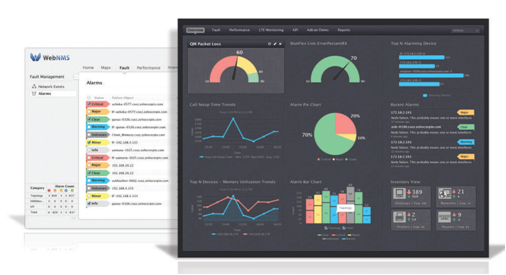Unified Performance & Fault Management

Communication service providers (CSPs) need service orchestration to improve their business agility by streamlining operations and helping them realize the benefits of new technologies such as SDN and NFV. However, full service orchestration requires unification of all FCAPS functions across the end-to-end service. This large scope often makes a single phase implementation impractical. This article focuses on a practical, initial step CSPs may take to progress towards service orchestration — unifying performance and fault management (PM and FM) across end-to-end services. This unification vector gives the CSP a robust service assurance solution while isolating several critical success factors to orchestration, including multi-vendor unification, end-to-end service association across multiple networks and scaling the performance of PM and FM to ensure reliable operations.
The Scope of Service Orchestration
The goal of service orchestration is to automate the cradle-to-grave life cycle of end-to-end network services, enabling highly dynamic on-demand services expected by today’s network customers. For effective automation, the orchestration system must have comprehensive control of network resources and real-time visibility into network status. This scope encompasses all of the network FCAPS functions which are often implemented in functional or organizational silos within service providers.
Service orchestration architectures often view network services from a life cycle perspective, as shown in Figure 1. Dynamic services progress through a multi-stage life cycle, with each stage managed by an automated process coordinated by the unifying orchestration system. Broadly, there are four life cycle stages managed by three processes: service inventory, service fulfillment and service assurance.
Figure 1: A simple service life cycle perspective taken for on-demand services
Service inventory dynamically tracks the available resources in the network and allocates these resources when a network client orders a new service. Inventory applications often actively auto-discover network resources by continuously probing the network for advertised resources. Inventory analysis also helps network engineering plan for capacity upgrades.
Service fulfillment manages two stages of the service life cycle — service creation and service termination. Once service inventory allocates resources to a service order, service fulfillment gives the service access to those resources in the network by updating the network configuration and provisioning service delivery mechanisms, such as forwarding, buffering, QoS and protection. As an integral part of fulfillment, service activation tests that the provisioned service satisfies the service’s SLA commitments in the live network and acknowledges the fulfillment of the order. The inverse of service delivery, service termination de-activates provisioned services and returns allocated resources to be re-used by future services.




















